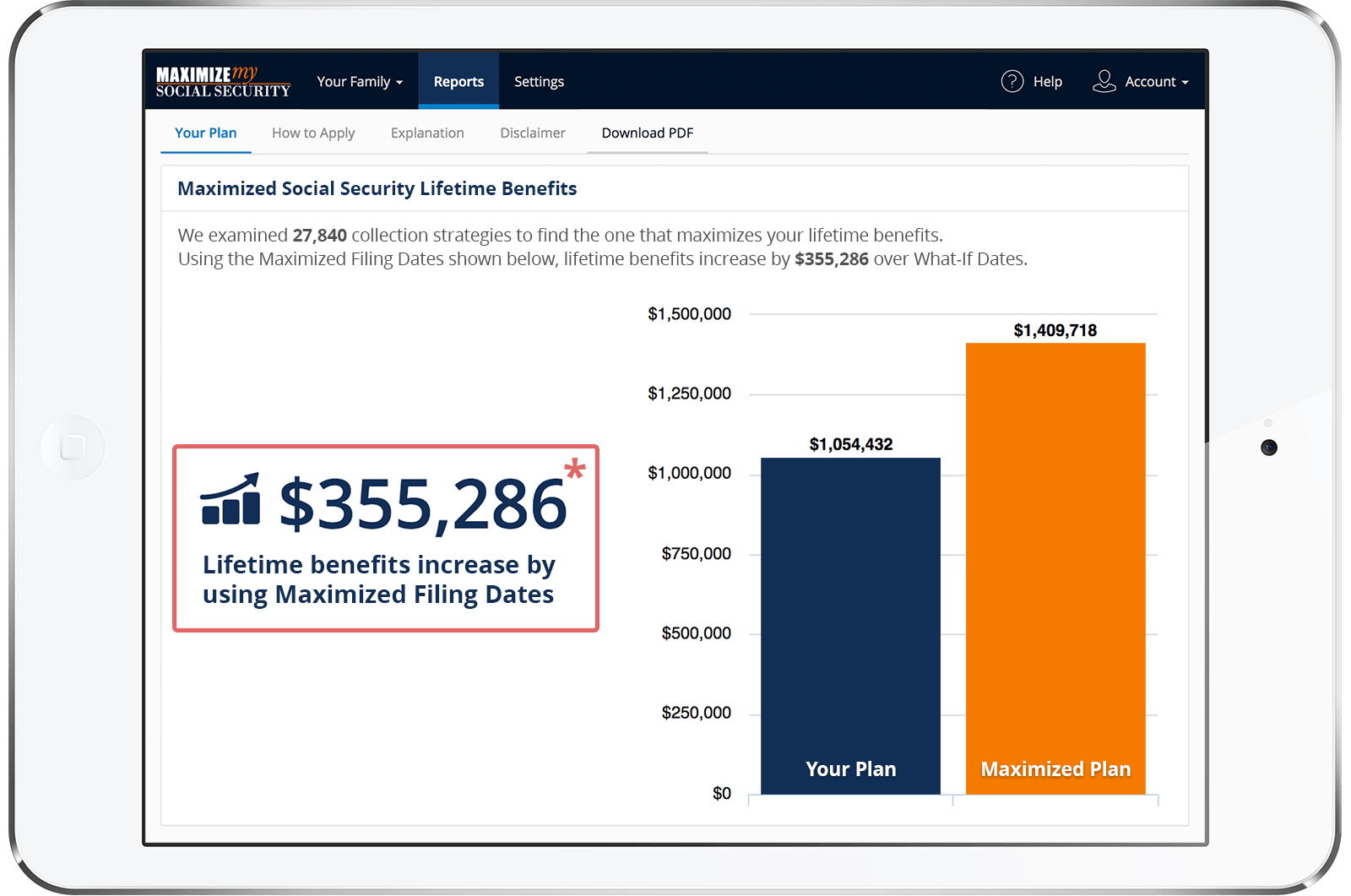Maybe you can help me with an answer to the self-employed and receiving benefits question. What does “may reduce your benefits’ mean if the Social Security decides you’re working 15-45 hrs a month and are not retired? This is my question and I cannot find an answer. Do they withhold ALL your benefits? Just a portion? Just the portion over $16,920 if that threshold is met? I can find tons of answers regarding reductions if wages, with concrete numbers ( 1 for 2, etc), but what does the “may or may not reduce benefits” mean? I have had an llc business as a freelance pr/copy editor/writer for over 10 years and filed as self employed since 2007. I will be 64 in November. If I were to start taking my SS ($1100/mon) and made $20K in the coming year, I understand that the $3000K+ would be over the threshold, and yes I would have a benefit reduction (I assume). But what about the other $16920 if, as self-employed, and working over 15 hrs but under 45 a month means test meant SS decided I wasn’t “retired.” Every place I have looked including their pamphlet says "you may see a reduction in benefits" and then talks about SS deciding on whether you are retired or not, but that's the way it's left. So, what happens?
Hi,
The important thing to understand is that the annual earnings test and the special monthly test is that they are completely independent. Either may be used in the first year that you are both entitled to reduced benefits and have a 'non-service' month. Whichever test is most advantageous to the beneficiary would be used in that year.
For self-employed individuals, the annual earnings test is concerned only with your net earnings. If the person's net earnings exceed the exempt amount set for that year, $1 of benefits are withheld for each $2 or $3 of excess earnings, depending on whether or not the person attains full retirement age that year (https://www.ssa.gov/planners/retire/whileworking2.html).
The special monthly test disregards the person's annual earnings, and looks strictly at their monthly earnings, or in the case of a self-employed individual, the time they devote to their trade or business. For most types of self-employment, more than 45 hours devoted to a trade or business is considered as substantial services, which would preclude payment of any Social Security benefits for that month under the monthly earnings test. Conversely, if the person devotes 45 hours or less to their business in a month, it is considered as a non-service month and they can be paid their whole Social Security payment for that month. For highly skilled trades (e.g. attorney, physician), more than 15 hours in a month may be considered substantial.
So in other words, the monthly test is either-or. Either you qualify for your whole payment for the month in question, or no payment at all. It sounds like you would be allowed to devote up to 45 hours to your trade in a month before your services would be considered substantial under the special monthly test (https://www.ssa.gov/planners/retire/rule.html). Therefore, you could be paid your full monthly payment for any such months in the first calendar year of your entitlement to reduced benefits, regardless of the amount of your net-earnings in that year. Before filing, however, you should strongly consider using the maximization software available on this website in order to determine your best filing strategy.
Best, Jerry
